Xiaomi introduced its newest Redmi Note 14 series in China last month, with no imminent global launch in sight. Well, however, I got my hands on the top-of-the-line Redmi Note 14 Pro Plus last weekend, and it’s quite the power bank with its 6,200mAh battery. But, is that all there’s to it? Or has Xiaomi delivered something more to make the Redmi Note 14 Pro Plus stand out from its mid-range peers? After spending a couple of days with the phone, here are my initial impressions of the Redmi Note 14 Pro Plus!
Before we get into my thoughts, here’s a quick rundown of the Note 14 Pro Plus specifications:
| Specs | Redmi Note 14 Pro Plus |
|---|---|
| Display | 6.67-inch 1.5K AMOLED, 120Hz refresh rate, 3000 nits brightness, Gorilla Glass Victus 2 |
| Dimensions | 162.53 x 74.67 x 8.66 mm |
| Weight | 210.8 grams |
| Processor | Snapdragon 7s Gen 3 (4nm) |
| Storage | up to 512GB UFS 3.1 |
| RAM | up to 16GB LPDDR5X |
| Rear Camera | 50MP + 50MP + 8MP |
| Front Camera | 20MP |
| Video | Up to 4K at 30 FPS |
| Connectivity | Wi-Fi 6, Bluetooth 5.4, 11 5G Bands, NFC |
| Software | Android 14-based HyperOS |
| IP Rating | IP68 |
| Battery | 6200mAh, 90W HyperCharging |
Elegant Design with Great Visuals

The one thing that immediately stands out about the Note 14 Pro Plus is its monstrous 6,200mAh battery. My mind honestly went straight to those rugged phones with such heft that they can also be used to give someone a memory loss. So, as soon as I unboxed the phone, I wasn’t expecting this sleek and handy device to greet me. The box contents were the usual though – the charging adapter, a USB Type-A to Type-C, a SIM ejector, a silicone case, and some paperwork.
Anyway, what astounded me more was the weight of the phone. The Sand Star Green variant I have with me is a visual delight, thanks to this shimmering marbly design at the back that resembles a backwash on the shore. There’s only the Redmi branding at the bottom left corner, and it does not interfere with the aesthetics. All this is accompanied by a squircle camera system at the top.
I also liked how the shiny silver textured ring embraced the camera module, much like the one seen on the iQOO 12 and Vivo X100 Pro. The module’s center placement also keeps off-putting wobbling at bay.
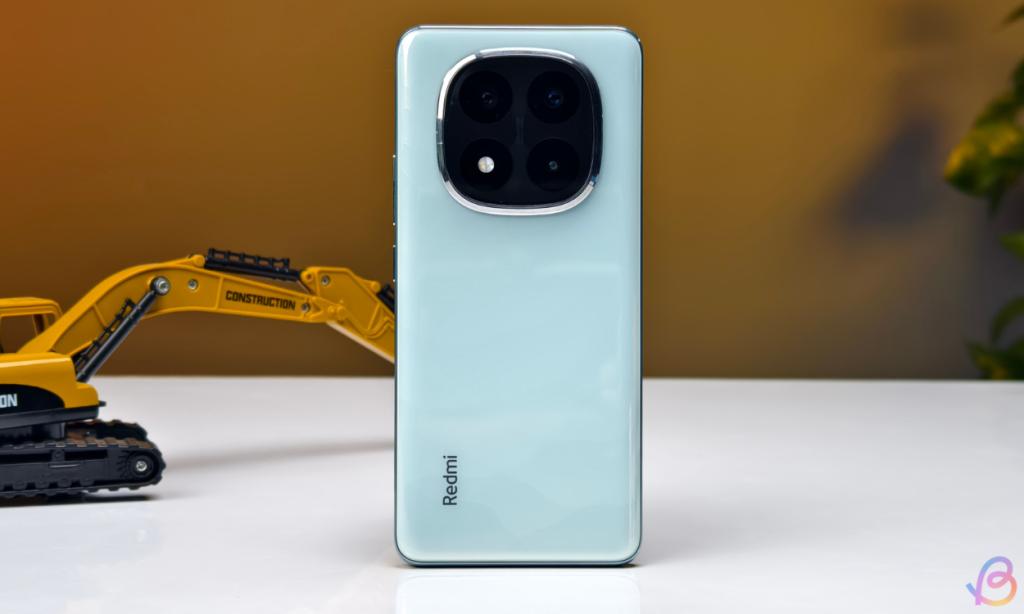
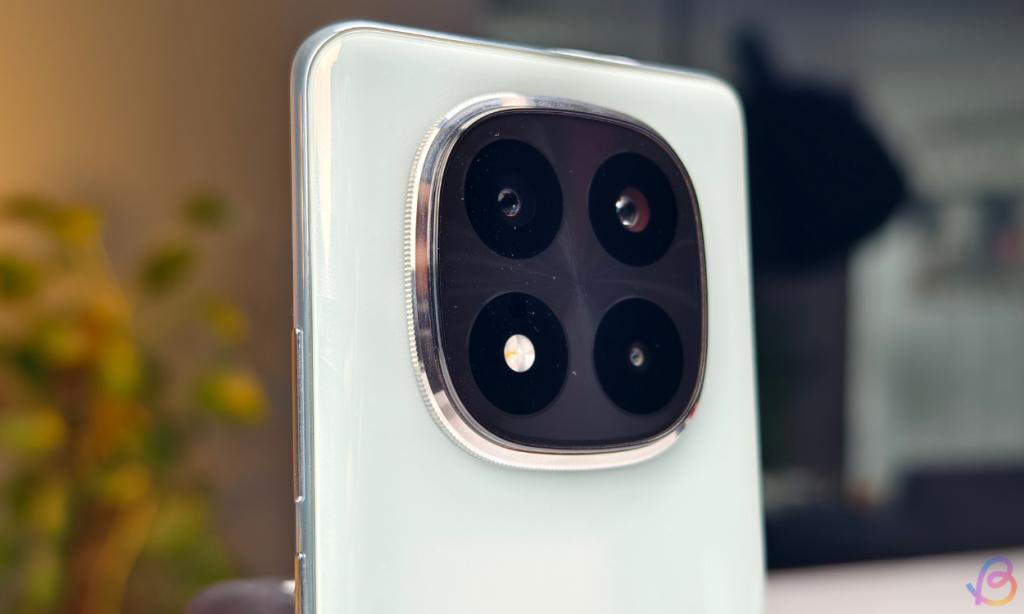
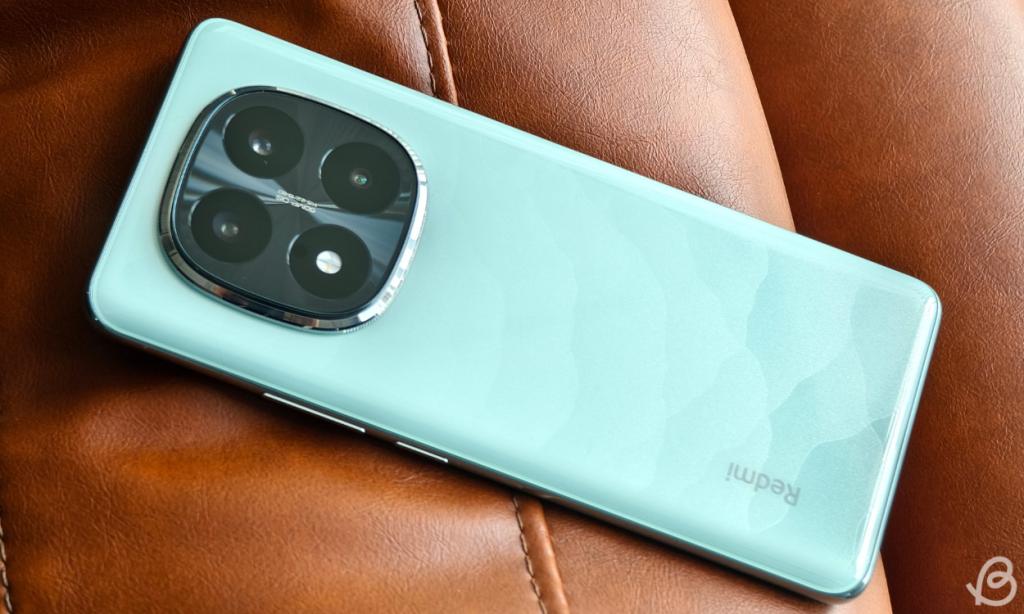
Moreover, the Redmi Note 14 Pro Plusfeels premium, thanks to that glass back protected by Gorilla Glass Victus 2. That kept the cheaper-feeling plastic frame from leaving a bad taste in my mouth. The button placement could have been better as the volume rocker and power buttons are crammed on the right. These keys are also not as tactile and feel slightly cheap.
At the front, the Note 14 Pro Plus borrows its predecessor’s curved display. You see the same 6.67-inch 1.5K AMOLED display with a 120Hz refresh rate, with HDR 10+ and Dolby Vision support we saw on the Note 13 Pro Plus. By the way, the display is also protected by GG Victus 2.
Anyway, I found the Vivid color scheme, which is also the recommended one, the best one. While on this profile, I watched a few 4K HDR nature YouTube videos, and the colors looked natural.
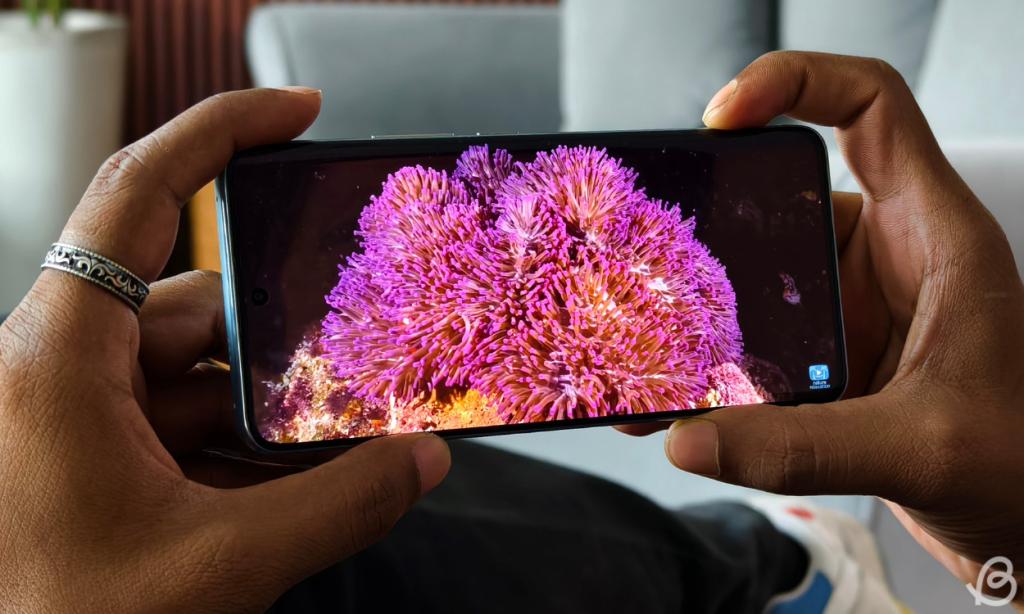
When rewatching the warehouse fight scene in Superman vs Batman on Netflix, I also noticed that the display was plenty bright and not as reflective. I was sitting in a brightly lit room and had no trouble viewing those dark scenes. I took the phone to the terrace as well during the day, and the brightness levels didn’t falter one bit here either, offering great visibility.
At the same time, the Redmi Note 14 Pro Plus offered deep blacks and vivid colors, and I ended up watching the entire movie again from there. However, I had to use earbuds as the unequal audio separation triggered me. It’s a bummer since the speakers are loud and have a good bass going for them, along with commendable mids and highs.
Also, the in-display fingerprint sensor is responsive, even with wet fingers. Sometimes, however, there can be a millisecond delay.
A True Battery King
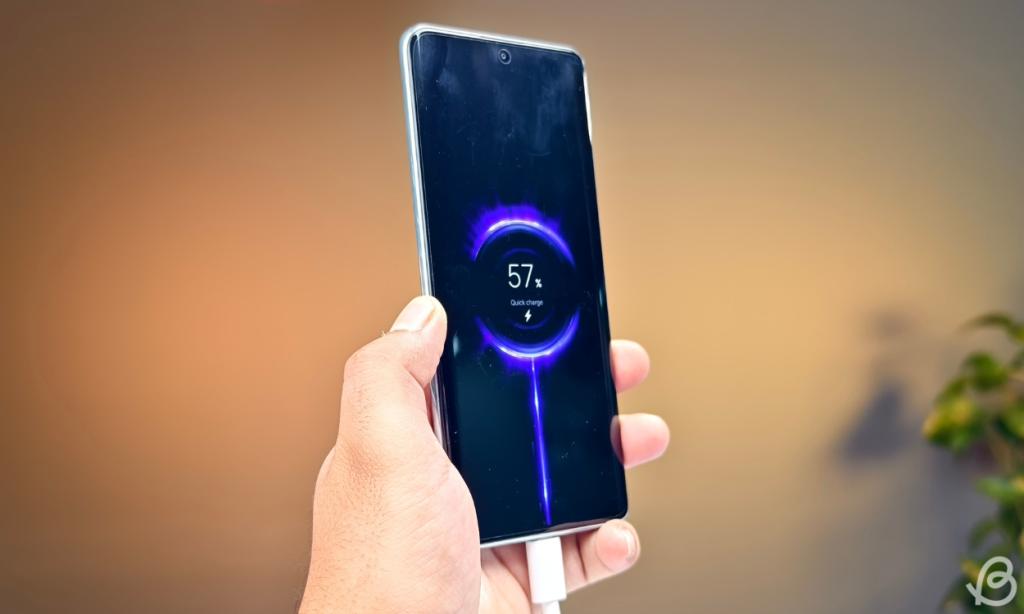
I didn’t have much time to test the full potential of the new ‘high-energy silicon-carbon’ 6200mAh battery. Phew, that was a mouthful. However, even after streaming all of that content, running a benchmark or two, and playing some games, I was down to just 50% from 100%.
By this time, I was already in 5-6 hours of usage with the display set to auto brightness mode. My best guess is that, with normal usage, this battery can easily deliver around 2 days or even more of backup with moderate use. Similarly, I couldn’t fully test out the 90W charging speeds, but I could charge the phone up to 100% from 50% in just around 15 minutes.
Quite the Lackluster Performance
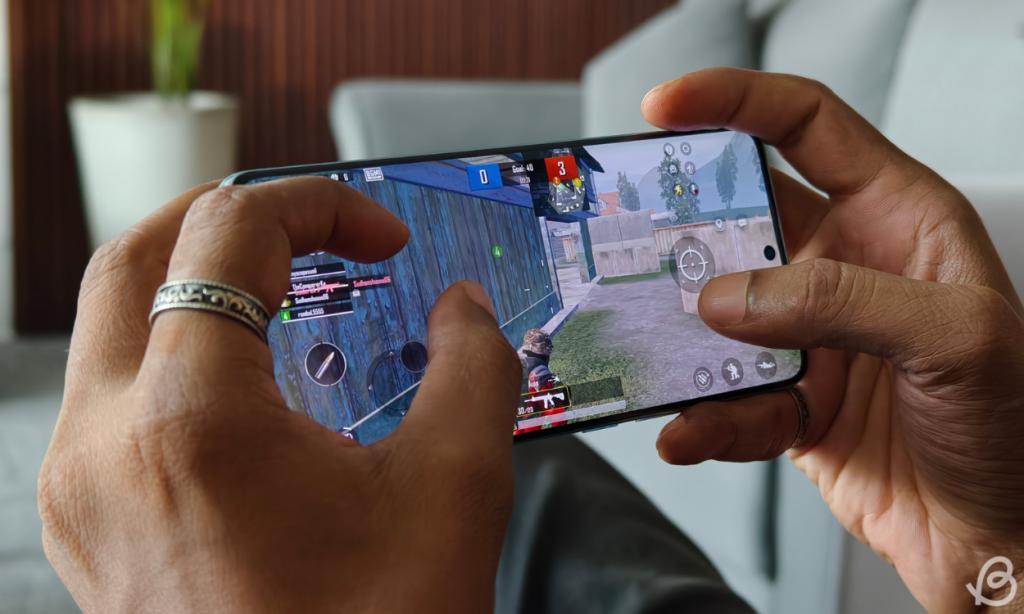
Now, what aids in delivering even better screen-on-times is the presence of the power-efficient yet disappointing (for me) Snapdragon 7s Gen 3. I don’t understand why Xiaomi went with an ‘s’ series Qualcomm chip for a “Pro Plus” model (go through our Snapdragon naming scheme guide for better understanding).
The benchmark numbers are equally disappointing as well and a step down from the predecessor’s Dimensity 7200 Ultra.

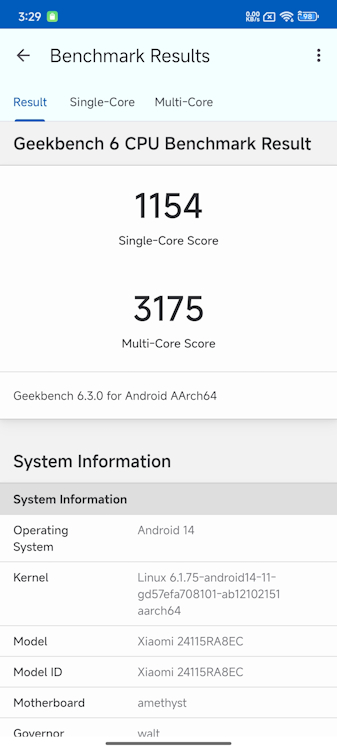
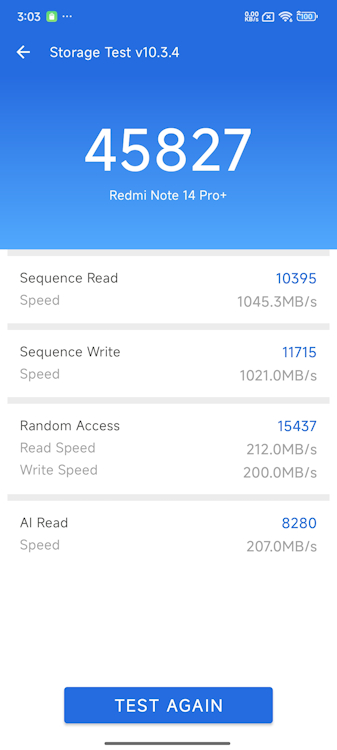

Moreover, that’s not the end of my frustrations. Turns out, the 12GB/256GB variant we had comes with the LPDDR4X and UFS 2.2 configurations, respectively. The AnTuTu storage test numbers are a testament to this letdown. Even last year’s Redmi Note 13 Pro Plus sported LPDDR5 and UFS 3.1 configuration.
Gaming was also incredibly average, with both BGMI and COD Mobile maxing out at 60FPS on the Redmi Note 14 Pro Plus (but that could be because it’s a Chinese unit and not optimized for the global versions). While it’s smooth at 60FPS, 90FPS in these games is the norm in the segment.
On the other hand, while Genshin Impact offers the Highest + 60FPS option, frames drop down to 40FPS just 10 minutes in. In crowded environments with multiple enemies, the FPS drops further, making the experience unbearable. I did not even dare to give Warzone Mobile a try after this.
Our Redmi Note 14 Pro Plus was running the Chinese version of HyperOS based on Android 14. And I noticed that HyperOS still kills tasks quite fast, even though I had just around 6 or so apps open in the background. This was poor RAM Management, which irritated me after a while.
Now, while I didn’t notice any lags when multitasking or having an incomprehensible amount of Chrome tabs open, there were some minor stutters from time to time. The animations and haptic feedback are quite good and I don’t have any complaints there. While I couldn’t explore the UI as much, it was good enough minus the Chinese bloat it carried with it.
Beyond Underwhelming Cameras
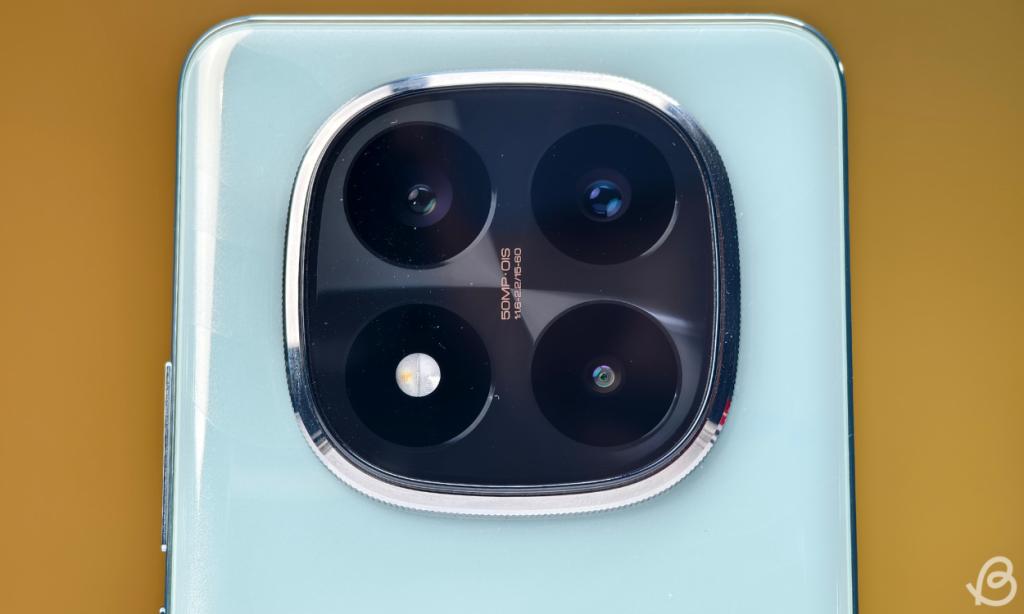
Next, I took a couple of quick sample photos after the initial setup, and I instantly knew that the cameras here barely suffice the needs.
The 50MP Omnivision Light Fusion 800 primary sensor is a downgrade from last year’s 200MP Samsung HP3 sensor. The daytime shots still turn out well and the primary sensor captures good details. However, photos often turn out to be quite saturated. Dynamic range is decent, but not the best.
Meanwhile, immediately shifting to the 8MP Sony IMX355 ultra-wide made me notice the color disparity. The colors were more natural now, albeit at the cost of details. Meanwhile, the 50MP Samsung JN1 telephoto sensor with 2.5x optical zoom, captures more saturated colors. However, the good thing is that it’s not as saturated as the primary sensor. All the three sensors are heavily inconsistent with color reproduction and processing, from the much I have tested them out.

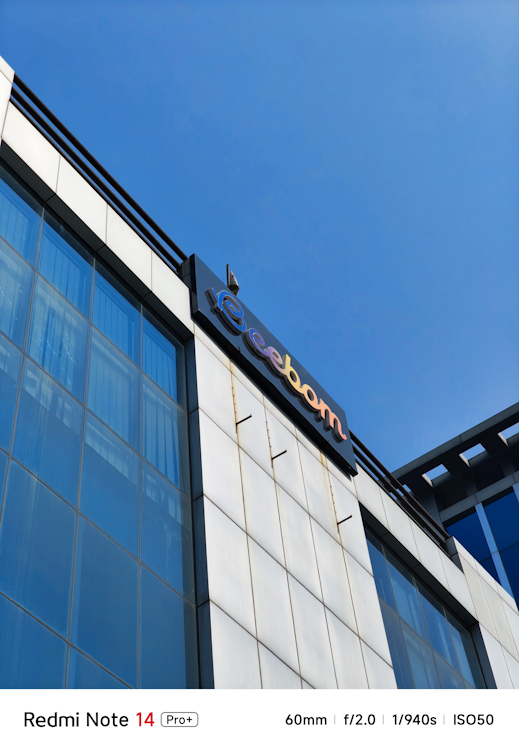
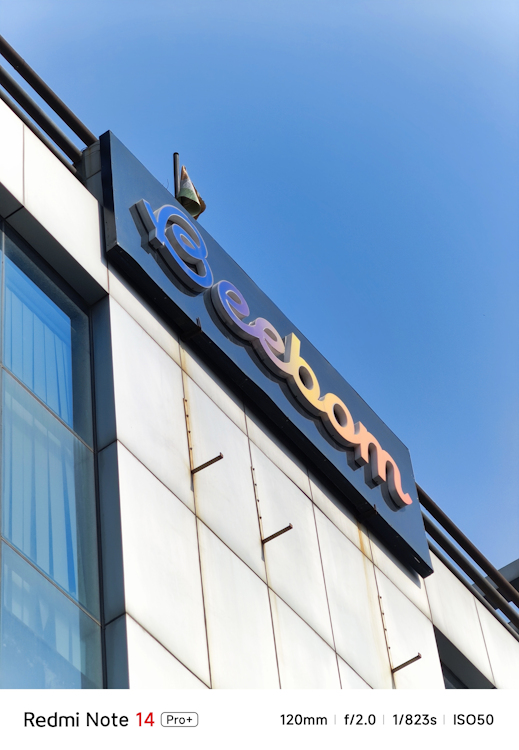
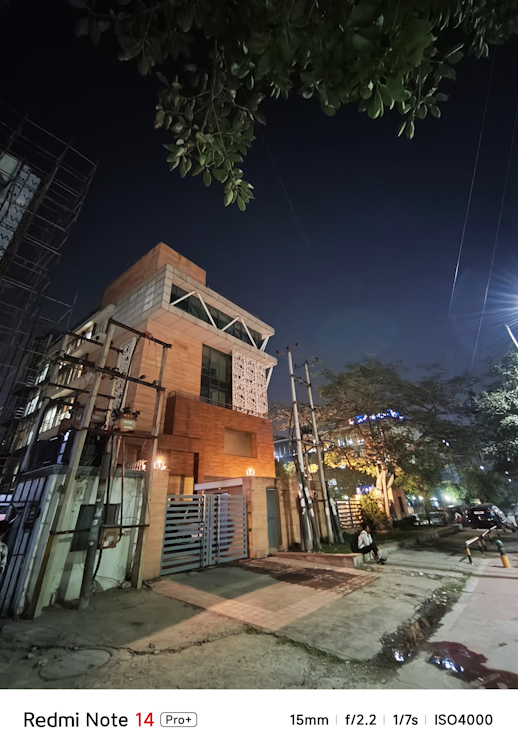
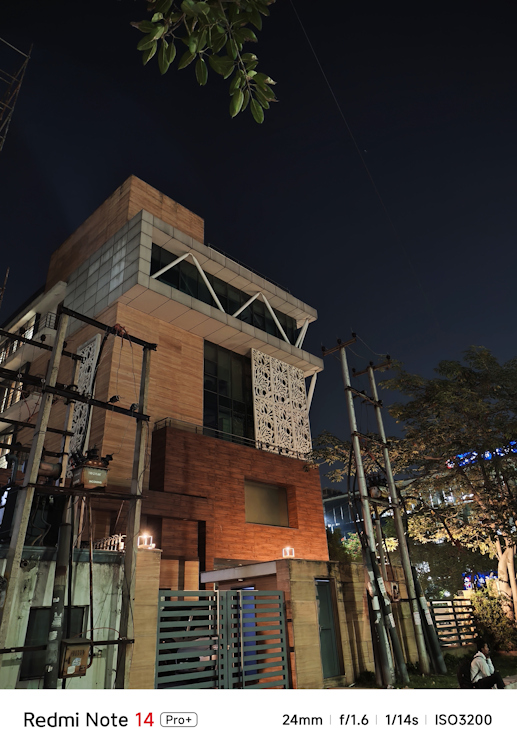


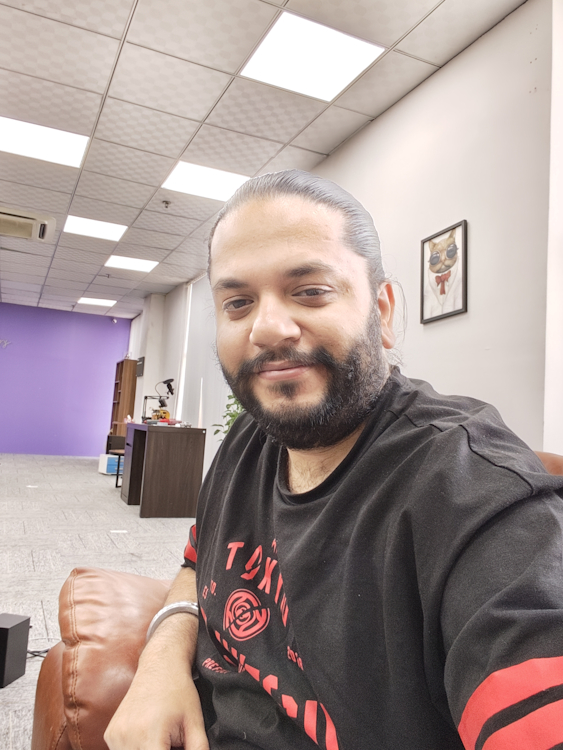



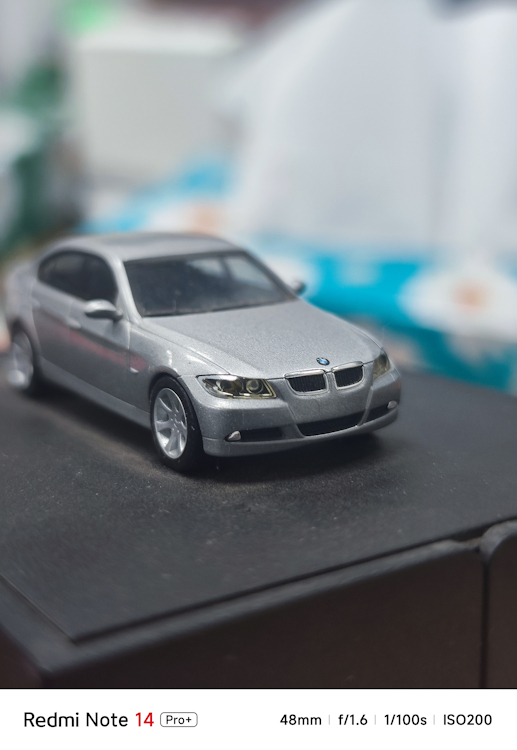
At night, the camera performance goes from decent to borderline terrible, as shots are riddled with noise. Colors are not captured well either and details are smudged out, often making the photo look lifeless. There’s also some level of chromatic aberration in the night shots, especially with the ultra-wide.
Human subjects don’t do too well either, and even in brightly lit environments, the Redmi Note 14 Pro Plus makes them look like oil paintings. Skin tones are just too washed out and there are barely any details upon zooming in. The same goes for the selfie shots, but the saturation is worse. No intricate details of the skin or features, with an extra bit of lighting originating from who knows where.
I shot a video or two, and the phone can do up to 4K at 30FPS. However, despite the presence of OIS, it wasn’t kicking in for 4K capture, resulting in jittery shots. Looks like it was mostly just EIS trying to stabilize the shots, and failing horribly.
The Compromises Are Just Not Worth It
Somehow, the Redmi Note 14 Pro Plus manages to be a downgrade from its predecessor, offering not just bad and unoptimized cameras but also lamentable performance. In a segment crowded by incredible options like the Realme GT 6T (review), and OnePlus Nord 4 (review), the Redmi Note Pro Plus starting at 1,899 Yuan (roughly $260) doesn’t stand a chance.
If you’re someone who only and, I repeat, only needs a battery king and can get by with subpar performance, this phone can be an option. However, even then, the phones I have mentioned above are incredible all-rounders that just won’t let you down on any front.
Well, that was my honest first take on the Redmi Note 14 Pro Plus. Our video on the phone is also coming soon, so subscribe to Beebom on YouTube for more fun smartphone videos. What do you think about the latest Redmi Note? Drop your thoughts in the comments below!
WhatsApp Tests A New Contact Syncing Feature To Boost Privacy
When Is The Next CS2 Weekly Care Package Reset?
Look Back Anime Movie Gets An India Release Date


